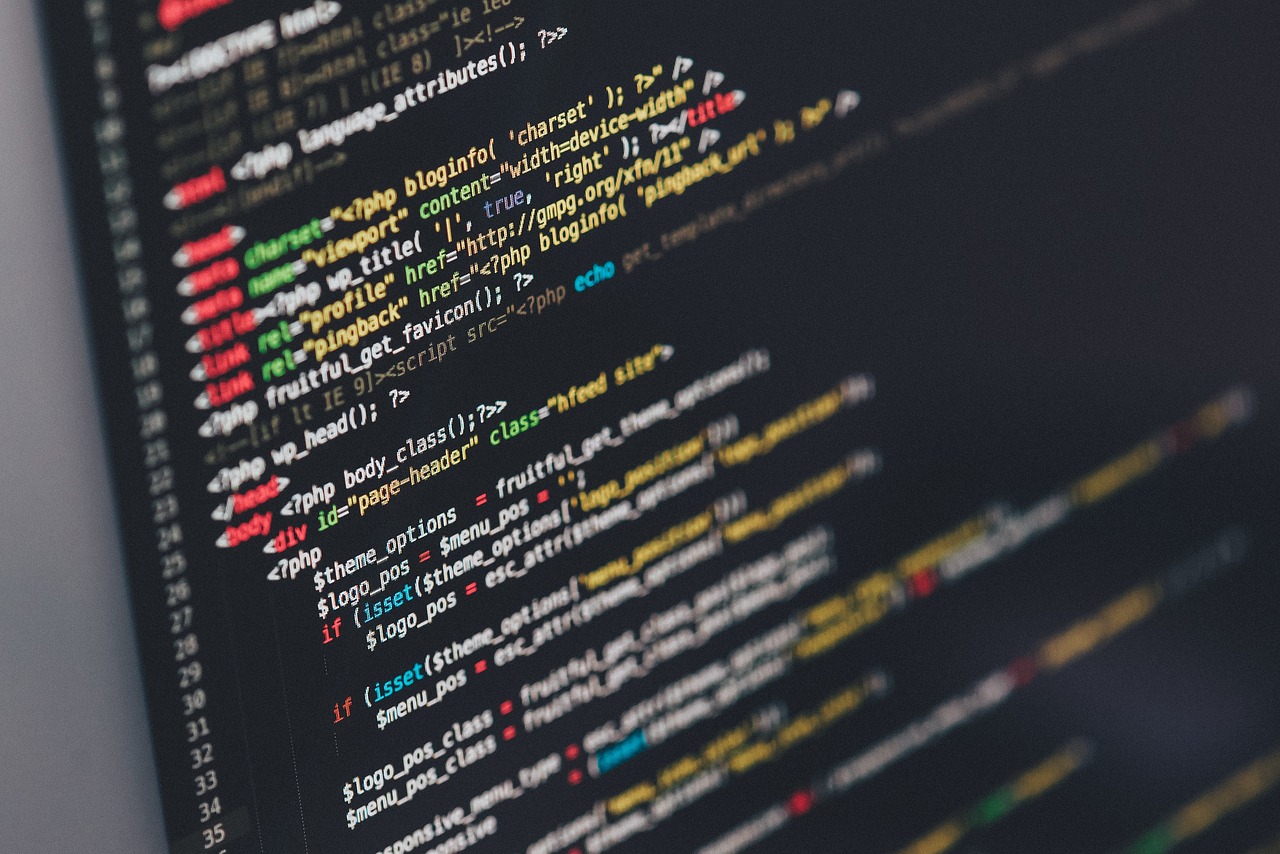
Interpreters, the silent workhorses behind many programming languages, seamlessly translate code into action. But how do these programs themselves come to life? This article delves into the process of crafting an interpreter, providing a roadmap for the curious programmer.
What is an Interpreter?
An interpreter directly executes code line by line, as opposed to a compiler that generates machine code for later execution. Interpreters offer advantages like faster development cycles and platform independence. Popular languages like Python and JavaScript rely on interpreters for their functionality.
Building the Interpreter: A Step-by-Step Approach
1. Define Your Language:
The first step is to design your very own programming language. This involves specifying the syntax (how the code is written) and semantics (what the code means). Will it be a simple calculator language or something more complex?
2. Lexical Analysis: Breaking Down the Code
Imagine a code reader with a keen eye for detail. The lexer performs this role, dissecting the code into fundamental units called tokens. These tokens represent keywords (like "if" or "for"), variables (names that store data), operators (+, -, etc.), and other building blocks.
3. Parsing: Building the Structure
The parser takes the stream of tokens from the lexer and verifies if they follow the grammatical rules you defined for your language. Think of it as a code architect, ensuring the structure is sound. If the syntax is correct, the parser constructs an Abstract Syntax Tree (AST), a hierarchical representation of the program's structure.
4. Semantic Analysis (Optional): Adding Meaning
While not always mandatory, semantic analysis can be employed as an additional layer of validation. Here, the interpreter performs checks on the AST to ensure the code makes sense semantically. For example, it might verify that you're not trying to add a string to a number.
5. Interpretation: Bringing the Code to Life!
Finally, the interpreter walks the AST, interpreting each element and performing the intended actions. It evaluates expressions, handles control flow (like loops and conditional statements), and interacts with the environment (like printing output or accessing data).
Beyond the Basics
Writing an interpreter is a fascinating journey that delves into the very core of how programming languages work. While this article provides a foundational understanding, there's always more to explore. Consider error handling, memory management, and optimization techniques to make your interpreter more robust and efficient.
Ready to Begin?
The world of interpreter development offers a rewarding challenge for programmers. With dedication and the resources provided (see "Further Exploration" below), you can embark on creating your own interpreter, transforming code into action and gaining a deeper appreciation for the magic behind programming languages.
Further Exploration:
Your email address will not be published. Required fields are marked *



















.jpg)


